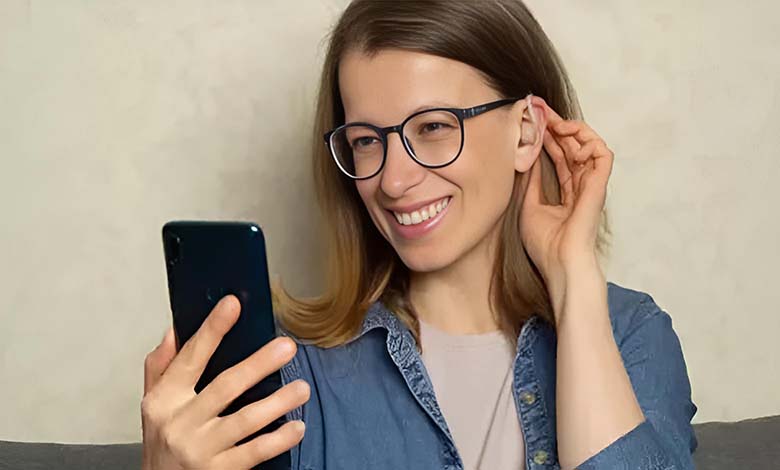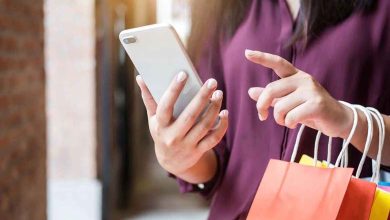How Can Your Smartphone Help You Cope with Hearing Loss?

Hearing loss, whether partial, progressive, or sudden, can deeply affect a person’s quality of life. It disrupts communication, limits social engagement, reduces independence, and sometimes leads to psychological discomfort. While traditional hearing aids have long been the primary response, they remain expensive and, for some, socially uncomfortable. Today, the smartphone is emerging as a powerful and accessible tool to assist people with hearing loss, offering multiple features that enhance auditory experience and connectivity.
-
Hearing Loss: A Hidden Risk Factor for Heart Failure
-
“See and Hear”: Smart Glasses Help the Hearing-Impaired Avoid Embarrassment
1. Sound amplification apps
Modern smartphones can serve as personal amplifiers. With the use of dedicated apps, the device picks up environmental sounds through its microphone and relays them in real time to headphones or hearing aids. Apps such as “Sound Amplifier” (Android) and “Petralex” (iOS and Android) allow users to fine-tune the amplification based on their hearing profile. This setup helps individuals engage in face-to-face conversations, even in noisy surroundings.
2. Real-time speech transcription
Speech-to-text technology has advanced considerably. Many smartphones now feature built-in or third-party apps that convert spoken language into written text almost instantaneously. Apps like Google’s “Live Transcribe” or Apple’s real-time transcription function help people with hearing loss follow conversations by reading what others are saying. These tools are especially useful in work, healthcare, or legal settings where clarity and comprehension are essential.
-
The Mysterious Link Between Plastic and Strokes: A Silent Health Crisis
-
WHO Warns Against Earphones: One Billion Young People at Risk
3. Making phone calls accessible
For people with hearing loss, phone conversations pose a significant barrier. However, smartphones offer various solutions:
- Real-time call captions display what the caller is saying in written form.
- Relay services apps enable communication via an interpreter who types or signs the spoken words.
- Video calling platforms such as Zoom, FaceTime, and WhatsApp allow lip reading or sign language conversations.
These options make verbal exchanges more inclusive and reduce communication anxiety.
-
Discover the “60/60 Rule” to Avoid Earphone Risks
-
“The Hidden Dangers of Daily Music Listening: How it Can Negatively Impact Your Ears”
4. Vibrating and visual alerts
Smartphones can replace audio signals with visual or tactile notifications. Flashing screens, vibrations, or custom visual alerts can notify the user of incoming calls, messages, or alarms. Specialized apps can even alert users to important sounds like a doorbell, crying baby, or smoke alarm. This ensures that people with hearing impairments remain aware of their surroundings without relying on hearing alone.
5. Seamless integration with hearing aids
New-generation hearing aids are now fully compatible with smartphones via Bluetooth connectivity. This integration allows users to:
-
Why Do Smartphones Explode, and How Can You Prevent It?
-
Why are people no longer excited about upgrading their smartphones?
- Control the hearing aid discreetly via an app.
- Stream phone calls, music, or videos directly to the hearing device.
- Access hearing test results and sound environment analytics.
This level of control not only enhances sound quality but also empowers users to adjust their hearing experience in real time.
Smartphones are no longer just communication tools—they are assistive hearing devices in their own right. Constantly evolving and highly customizable, they give individuals with hearing loss greater control, improved accessibility, and renewed social inclusion. As awareness and adoption grow, smartphones are playing a key role in redefining independence for the hard of hearing. For those willing to explore and adapt, the benefits are both tangible and transformative.












